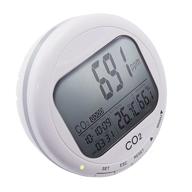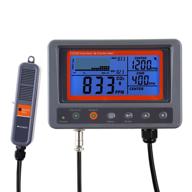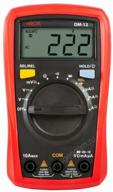
Review on 📏 Neiko 20713A Contact Digital Tachometer by Richard Edwar

If I hadn't had to fix that first, there would be a higher rating.
Couldn't work right out of the box. The device was still sealed so no return, but the first attempt to use it failed to read. I work in optics and immediately knew the problem was with the lens assembly as it was loose and out of place. I was able to fix it quickly and then it worked like a charm. If the original quality had been high I would have given it four stars. If you take the plunge and get a lemon too, here's how: Remove the battery cover. There are two small black screws in the holes that need to be unscrewed; Use a thin Phillips screwdriver to remove them. Two more screws are also countersunk at the opposite end. Once out, remove the top cover. The two buttons can fall off their switches, but don't worry, just put them aside. On the top of the board next to the lens you will see a transparent photodiode; mine was bent at a great angle. If necessary, bend it with your fingers so that it points directly at the lens - be careful not to bend the photodiode towards the board as the light emitter is mounted on the underside of the board and you don't want to block it . bright. The lens is biconvex, so it doesn't matter which side is which; it sits loosely in a plastic ring. There's a large plastic spacer that keeps the lens snug in the plastic ring - they don't snap tightly, but when positioned correctly they stay together well enough to snap together as a unit in the tachometer. The end of the lens assembly goes to the photodiode. The gasket has a lip that fits into a groove at the very front of the tachometer and this lip is oval in shape so the assembly must be rotated to fit the groove. Once the assembly is in place you can close the tach, but make sure the switch knobs are above the two switches (the "Test" and "Memory" switches) and in a 45 -degree angles are positioned so that they line up with the holes in the tachometer cover. You can then press the cover against the switches and screw the four screws back in. Sounds terribly complicated, but it actually only took five minutes and then everything worked perfectly. I can also test the accuracy because I used a synchronous motor controlled by a pulse generator that gives exactly 2500 rpm and I got that from the tachometer. My only comment is that the device showed 0 RPM when it was actually not receiving a signal; I would have preferred if it didn't have a signal indicator.
- Very good price
- Unbelievable price
New products
Comments (0)
Top products in 🏎️ Motion, Speed & Force
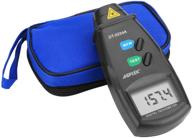
FITNATE Tachometer Batteries Reflective Instruction

3 Review
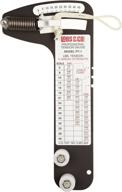
🔧 Streamline Your Work with Loos Co PT 1 Professional Hands-Free Device

3 Review

📈 Highly Efficient REED Instruments R7050 Compact Tachometer: Boost Performance with Precision Monitoring

3 Review
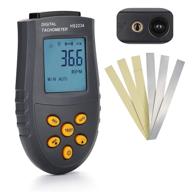
FITNATE Non Contact Tachometer - Enhanced Accuracy with Battery Operation

3 Review


